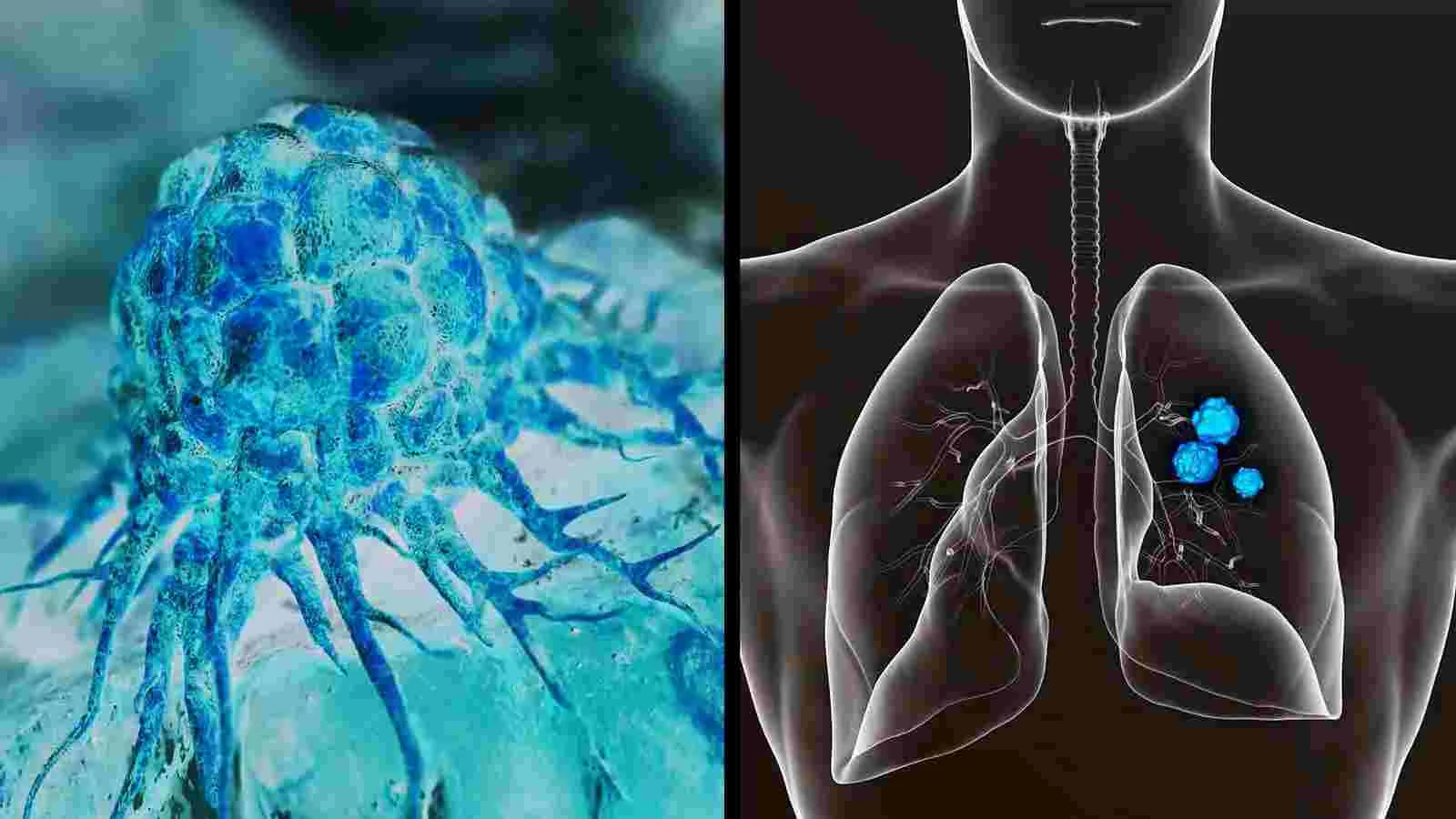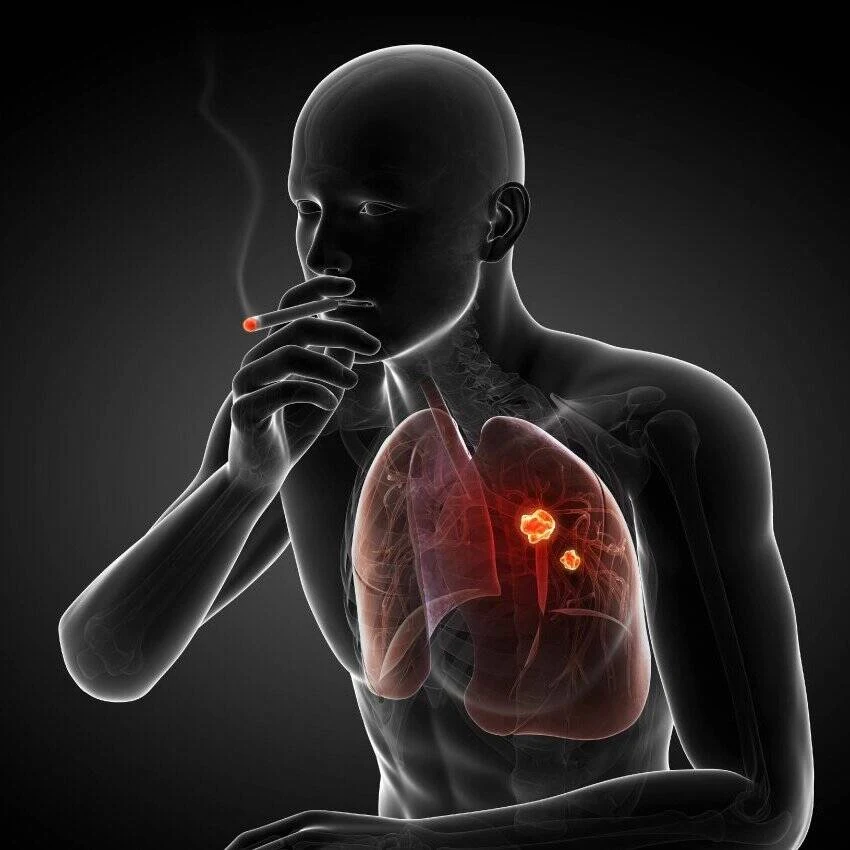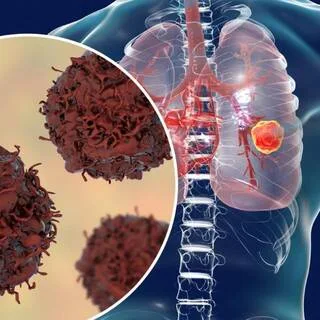Many individuals diagnosed with this malignancy have never smoked. While quitting smoking can reduce the risk of developing this cancer, some lung damage may be irreversible.
THIRTEEN KEY LUNG CANCER SYMPTOMS
Lung cancer can be asymptomatic in its early stages, often resembling bronchitis or a persistent cold. As it advances, breathing difficulties can make even simple activities like walking arduous.
Lung cancer symptoms can be confused with asthma or COPD. It's crucial to seek medical attention if breathing becomes challenging. Below are the most common symptoms identified by oncologists globally.
- Coughing up blood
- Chest pain
- Persistent cough or cold
- Chronic headaches
- Deep bone pain
- Unintended weight loss
- Shortness of breath
- Voice hoarseness
- Muscle weakness
- Nausea and vomiting
- High blood pressure or glucose levels
- Mood changes or confusion
- Seizures
THE CAUSES OF LUNG CANCER
• RADON OR RADIOACTIVE GAS
• ASBESTOS
Asbestos is another well-known cause of lung cancer. It was commonly used as insulation in buildings before the 1990s. Being a naturally occurring fibrous silicate mineral, its use for protective properties was not initially seen as problematic.
However, asbestos exposure can lead to compromised lung function and may rapidly progress to cancer.
• OTHER HEAVY METALS
Heavy metals like cadmium and selenium can also raise the risk of developing lung cancer, though they are not as common as other methods of exposure.
• UNTRACEABLE
Regrettably, the origins of lung cancer in some individuals remain untraceable, leaving the issue unresolved. Oncologists encounter numerous cases where indirect or second-hand smoke leads to tumor formation, and the American Cancer Society confirms that exposure to second-hand smoke subjects a person to 70 hazardous substances.
UNDERSTANDING THE TYPES OF LUNG MALIGNANCIES
The development of lung cancer is a frightening experience, raising concerns about survival and future quality of life. The medical community categorizes this cancer into two main types, which aids in preparing for what lies ahead.
Oncologists determine the cancer type by examining the cells under a microscope, with small cell and large cell cancers requiring different treatments.
• SMALL CELL
Small cell lung cancer is typically found in long-term, heavy smokers. It is less common than non-small cell lung cancer but is more aggressive, and the outlook is often poor.
According to the American Cancer Society, only 60 percent of those diagnosed with this type will survive beyond five years, and a mere ten percent will achieve full recovery. The average life expectancy post-diagnosis ranges from 14 to 20 months. Smoking cessation is crucial, and numerous programs are available to aid in quitting.
• NON-SMALL CELL
Non-small cell lung cancer is a collective term encompassing various subtypes. Although it is less aggressive than small cell lung cancer, it still poses significant challenges and symptoms. The subtypes include:
• Squamous cell carcinoma
• Adenocarcinoma
• Large cell carcinoma
Treatment for non-small cell lung cancer symptoms is generally more manageable. Recovery is possible, with the aim to halt progression and facilitate easier breathing.
The cornerstone of treatment is determining the malignancy's stage and the extent of its spread. Early detection can allow for the removal of some cancers before they metastasize.
COMPLICATIONS OF LUNG CANCER
As malignancy advances, lung cancer symptoms worsen. Moreover, additional complications may arise from the cancer's spread to other body parts. The most common complications include:
• REDUCED LUNG FUNCTION
With the progression of cancer, airway blockages can occur. The growth of cancer cells in the bronchial tubes can make breathing difficult. Pleural effusion is also a significant concern.
Tumors pressing against the lungs diminish breathing capacity, increasing the risk of developing pneumonia.
• INCREASED RISK OF INFECTION
Persistent infections are among the most troublesome symptoms of lung cancer. Compromised lungs make it easier to contract bronchitis or pneumonia. A weakened immune system further heightens susceptibility.
• HEMOPTYSIS (COUGHING UP BLOOD)
Coughing up blood can be a symptom as cancer progresses. The blood may appear bright red or rust-colored, and any shade is alarming. Bleeding occurs when tumors irritate the airways, with an estimated one-fourth of individuals experiencing these symptoms of lung cancer.
• INCREASED CALCIUM LEVELS
Elevated calcium levels in the blood can lead to hypercalcemia. The body may release a hormone-like protein to combat cancer, raising this mineral's levels. Symptoms of this include increased thirst, abdominal pain, dizziness, weakness, and frequent urination.
• HEART BLOCKAGE
Although rare, lung cancer can extend to the heart. A tumor in this region can exert pressure on veins and arteries, heightening the risk of heart attack, stroke, or congestive heart failure.
• ESOPHAGEAL PROBLEMS
When cancer spreads to the esophagus, it can cause difficulties with eating. The presence of cancer in this area can lead to discomfort during food passage due to inflammation and rawness of the esophageal walls.
• SPINAL CORD COMPRESSION
Cancer can spread to the spine, leading to compression of the vertebrae. This pressure can cause them to collapse. Persistent back pain, weakness in the legs and arms, and bladder dysfunction may signal spinal cord compression.
• PAIN AND DISCOMFORT
Pain is a common symptom of lung cancer. As the cancer progresses, it can destroy healthy tissue and exert pressure on surrounding areas. Fluid accumulation in the lungs can make deep breathing and laughing difficult.
Pain typically arises in the advanced stages of cancer, but there are natural methods to manage it and fight the disease.
According to the American Cancer Society, lung cancer is the third most common type of cancer in this country, with skin cancer being the most common and one of the most treatable malignancies. It's crucial to seek medical attention promptly if you exhibit any symptoms of lung cancer.
When facing a severe cancer with a dire prognosis, time is critical. Early detection is crucial for survival, and the earlier the disease is caught, the better the chances of overcoming it. Fortunately, numerous homeopathic methods exist to treat cancer without resorting to invasive procedures.
Nature offers a plethora of healing properties, including oregano, sage, and curry. According to Cancer Research UK, up to 60 percent of people in that country opt for natural remedies to combat their tumors.
For those diagnosed with lung cancer, it's important to remember that hope remains. Various options are available to support you through this challenging period.



Comments